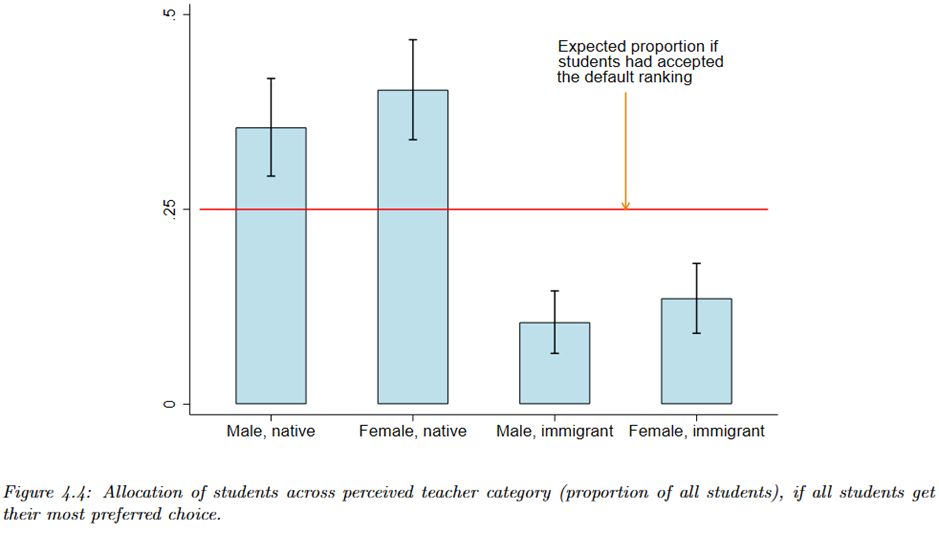Ola Andersson
@olalandersson.bsky.social
970 followers
370 following
13 posts
Professor of Economics with an interest in Game Theory, Behavioral Economics and Experimental Economics. Located at Uppsala University, Sweden
Posts
Media
Videos
Starter Packs
Reposted by Ola Andersson
Ola Andersson
@olalandersson.bsky.social
· Nov 29
Ola Andersson
@olalandersson.bsky.social
· Nov 29
Ola Andersson
@olalandersson.bsky.social
· Nov 29
Ola Andersson
@olalandersson.bsky.social
· Nov 29
Ola Andersson
@olalandersson.bsky.social
· Nov 29
Ola Andersson
@olalandersson.bsky.social
· Nov 29
Ola Andersson
@olalandersson.bsky.social
· Nov 29
Ola Andersson
@olalandersson.bsky.social
· Nov 29
Ola Andersson
@olalandersson.bsky.social
· Nov 29
Ola Andersson
@olalandersson.bsky.social
· Nov 29
Ola Andersson
@olalandersson.bsky.social
· Nov 29


